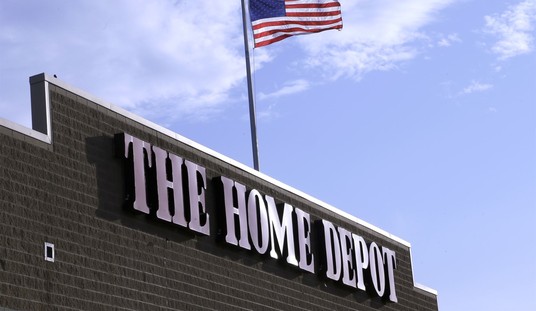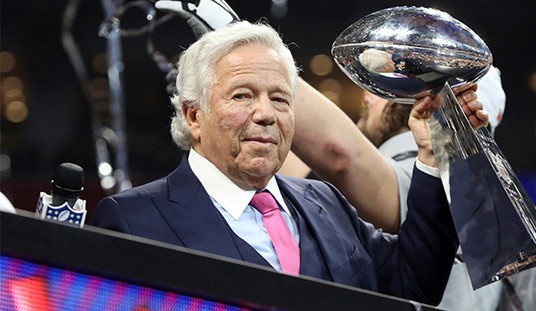NILES, Ohio – The North Main Street building here marking William McKinley’s birthplace reconstructs the famous front porch of a president who won what historians consider to be one of our most turbulent elections.
Presidents become presidents either by winning the country or by winning their parties. In 1896, with America at the peak of a series of “wave” elections, McKinley won the country.
“It is no secret that President Obama is coming back to the base of the party,” says Adam Bonin, chairman of Netroot Nation, the granddaddy of today’s progressive movement.
“Seeming like the reasonable man in the middle didn’t work because the results haven’t been tangible,” Bonin said of Obama’s run to the middle in the first eight months of 2011. Now, he said, the president has some work to do to earn back progressives’ love.
Obama is feeling a lot of heat from his party’s base, according to Bert Rockman, Purdue University political science professor. “You first have to consolidate your party base before you move on to the uncommitted,” he added.
Obama’s re-election strategy – going to his base rather than winning the country – is born of necessity: He is not faring well with independents.
That also was President George W. Bush’s game plan in 2004, Rockman said – except that this time, “Republican legislatures and governors have tilted the playing field in such a way that full mobilization of the base will be harder (for Obama) to do than it was for Bush.”
Keep in mind that Bush came extremely close to splitting the independent vote.
Today America is “essentially split … between independents, Republicans and Democrats,” says presidential-election historian Lara Brown. If Republicans vote for their nominee and Democrats vote for theirs, she theorizes, then the winner will need either a good-sized majority of independents – say, a 60-40 split – or a crazily lopsided turnout of his own partisans to offset the other guy’s independent vote.
Recommended
“In ‘wave’ years,” she said, “independents go strongly towards one party or another. So, really, offsetting them is almost impossible.”
The elections of 2006, 2008 and 2010 were “wave” years in which independents strongly sided with the party out of power. Independents split in 2000 and 2004, according to Brown, “and while Bush won in the Electoral College in 2000, he realized that if that happened again in 2004, he might lose since he had lost the popular vote.”
His team turned out huge numbers of Republicans in 2004 so that, if independents split again, he would still win.
Obama’s team realizes its best-case scenario is that independents will split in 2012; he can’t carry a majority of them because his “moderate” course has not worked.
Team Obama decided in August, after the federal debt deal, that he got no credit for compromising, so they repositioned him.
Obama needs roughly 80 percent of the Democrat base to win, according to one Washington-based party strategist who has had a hand in successful national elections. “He is currently in the mid 60s,” he contends.
If the president drastically improves his base numbers, he can go after independents by explaining why he is the safe alternative for the country. Selling such a message relies heavily on his strong likability in opinion polls.
Netroot Nation’s Bonin believes that, in pursuing his base, Obama must support marriage equity: “We are a year now since he said he was evolving on gay marriage. I wish he would evolve already.”
Democrats in the middle are less thrilled about the president moving left, however.
“My opinion is that that is not going to help him in Middle America,” said U.S. Rep. Jason Altmire, a Democrat whose southwestern Pennsylvania district is a post-card portrait of Main Street America.
Obama can succeed if the Republican field moves so far to the right that independents have nowhere to go. Yet such a strategy is tough; Bush never lost his base the way Obama has as of today, and Obama has a lot more ground to make up than Bush did in 2004.
“Plus, he is facing a nasty economy,” says the D.C. strategist. “The question really is, how much does the current team realize they are in trouble?”

























Join the conversation as a VIP Member